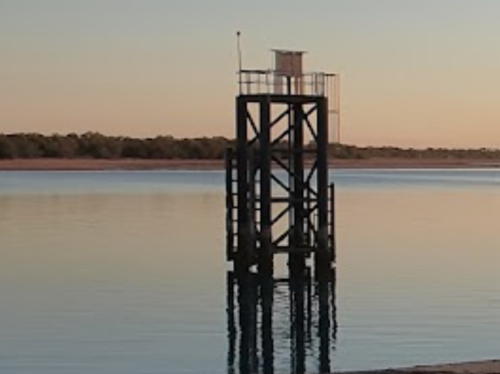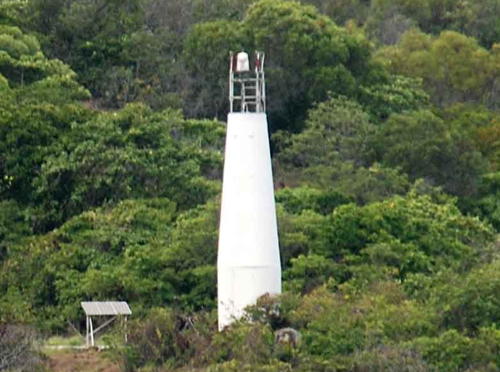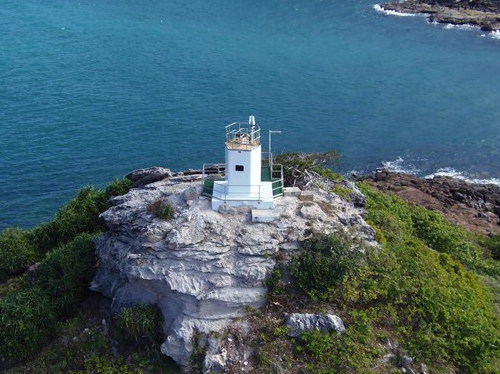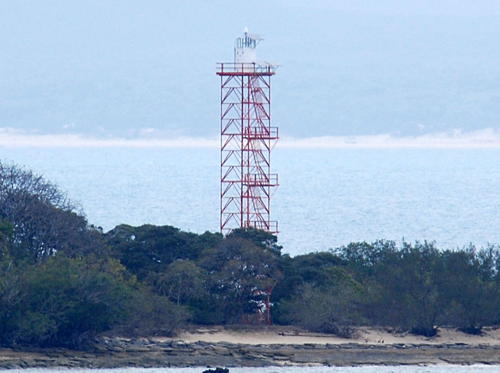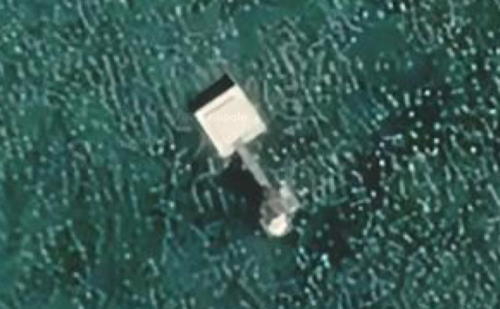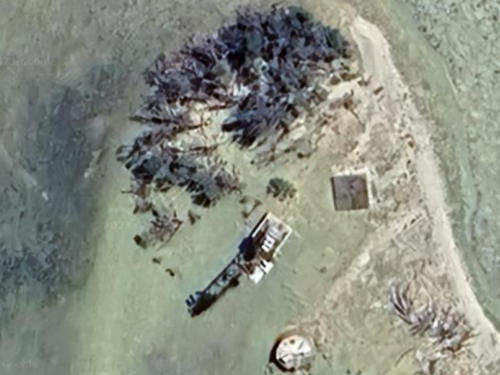The independent Commonwealth of Australia occupies the entire Australian continent, the island of Tasmania, and numerous smaller islands. British exploration and settling of the continent began late in the 1700s, with the first colony established in the Sydney area in 1788. By the 1850s there were six British colonies, including New South Wales and Queensland in the east, Victoria and South Australia in the south, Western Australia in the west, and Tasmania off the south coast. The Commonwealth was formed on New Years Day 1901 as a federation of the six colonies.
Australia is both the smallest continent and the sixth-largest country in the world, with a population of about 28 million. It continues to be a federation of the six original states, plus the federally administered Northern Territory, Australian Capital Territory, Jervis Bay Territory, and several small island territories. It is a Commonwealth Realm recognizing the British monarch as head of state.
Queensland, the state occupying the northeastern quarter of Australia, has a long tropical coastline facing the Coral Sea (a basin of the Pacific Ocean) and fringed in large part by the famous Great Barrier Reef, the world's largest coral reef system. This coastline ends at Cape York, the northernmost point of the Australian continent. Beyond Cape York the Torres Strait separates Australia from New Guinea and provides a passage from the Coral Sea to the Arafura Sea (the easternmost arm of the Indian Ocean).
This page includes lighthouses of the Far North region of Queensland, including the Cape York Peninsula, the state's northwest coast on the Gulf of Carpentaria, and its northeast coast south through the Cairns area and Cassowary Coast Region. Pages for Northern and Central Queensland and Southern Queensland cover lighthouses in the rest of the state.
Coastal lighthouses in Australia are operated by the Australian Maritime Safety Authority (AMSA), an agency within the Department of Infrastructure and Transport. After automation AMSA transferred many of the station properties to the control of local or state authorities or organizations.
ARLHS numbers are from the ARLHS World List of Lights. Admiralty numbers are from volume K of the Admiralty List of Lights & Fog Signals. U.S. NGA numbers are from Publication 111.
- General Sources
Queensland Lighthouses - The section of the Lighthouses of Australia site devoted to Queensland lights.
- Lighthouses and Lightvessels in Australia - Queensland
- Index to Wikipedia articles; most include photos.
- AMSA Heritage Lighthouses
- This interactive map provides information on many of the historic lighthouses.
- World of Lighthouses - Queensland
- Photos by various photographers available from Lightphotos.net.
- Leuchttürme in Australien
- Photos posted by Andreas Köhler.
- Online List of Lights - Australia - Arafura Sea, Torres Strait, and East Coast
- Photos by various photographers posted by Alexander Trabas. Many of the photos for the Far North are by Jim Smith.
- Queensland State Map
- From the Encyclopædia Britannica.
- GPSNavigation Charts
- Navigation chart information for the Cape York Peninsula and Torres Strait.
- Google Maps
- Satellite view of the Far North.

Goods Island Light, Torres Strait, June 2020
Instagram photo by Torres Strait explorers

Low Isles Light, Great Barrier Reef, August 2021
Instagram photo by Crystalbrook Superyacht Marina
